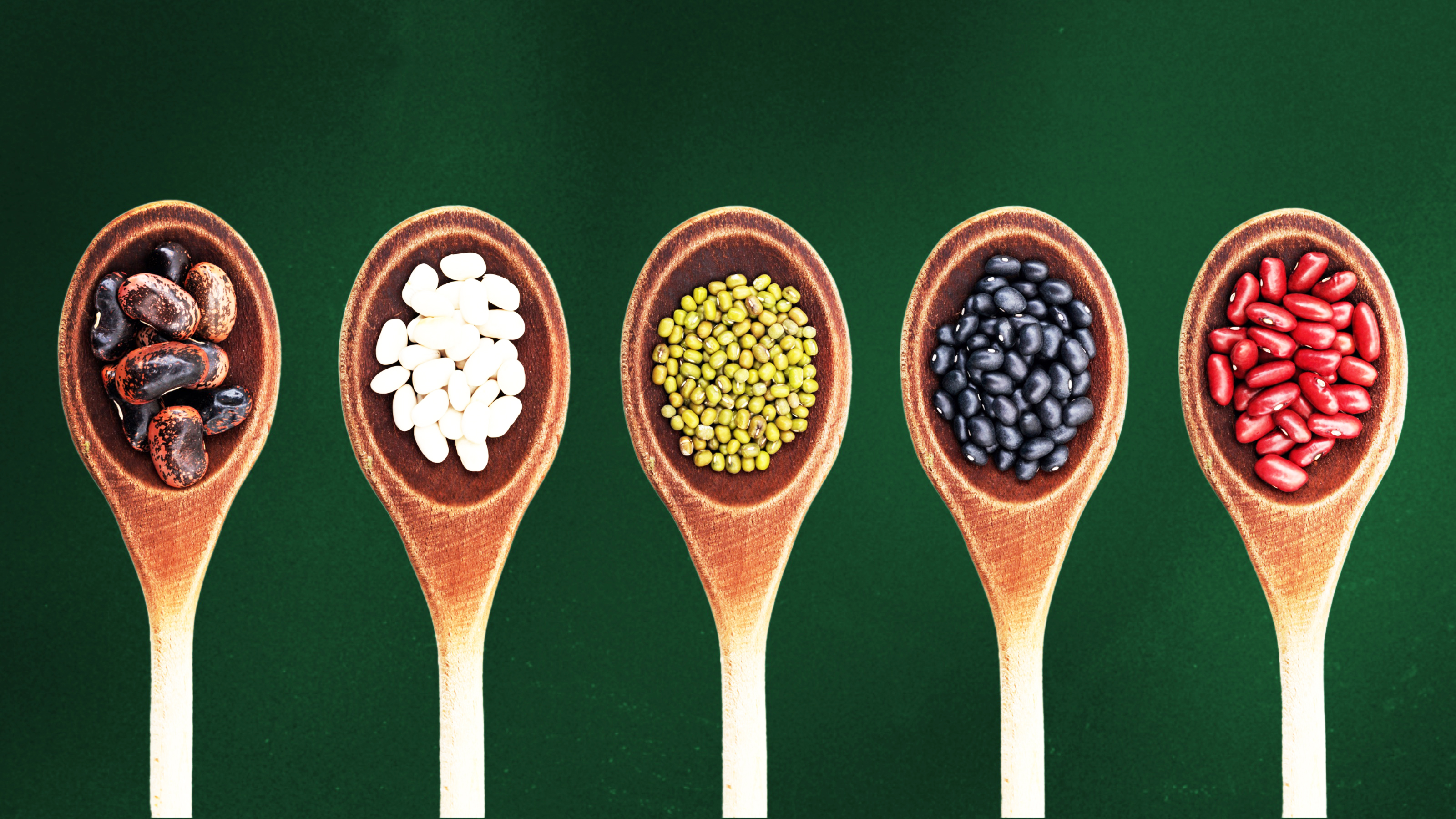Study: U.S. dietary recommendations for protein intake are too low

- U.S. government recommendations for protein intake haven’t changed in over 40 years.
- In a new paper, researchers argue that they are too low, especially for older adults, pregnant and lactating women, and children over the age of three.
- While most Americans are getting enough protein, pregnant women and older Americans are not.
The amount of protein that the federal government recommends Americans eat is based on decrepit data, ignores the varied needs of certain groups, and is generally too low, a team of researchers with Abbott Nutrition and the University of Illinois argue in a paper published earlier this year in the journal Nutrients.
Nutrition myths die hard
Much of our nutritional knowledge has changed in the last 40 years. Dietary cholesterol was once thought to raise blood cholesterol and lead to heart disease. Gathered evidence now shows it doesn’t. Consuming more calcium was once considered a great way to reduce the risk of bone fracture. It isn’t. And eating a low-fat diet was once claimed to ward off obesity. But this doesn’t work without reducing calories.
Yet amid all the shifts in dietary dogma over the past four decades, the recommended dietary allowance (RDA) of protein — the amount you need to meet your basic nutritional requirements — has remained constant: 0.8 grams per kilogram of body weight per day. That equates to roughly 72 grams for the average adult male and 61 grams for the average adult female.
Protein, along with fat and carbohydrate, is a macronutrient, providing energy to fuel the body. It also contains chemical building blocks called amino acids that the body needs to repair and grow cells and tissues. Amino acids also make up many hormones and enzymes.
Protein’s vital importance to the body is partly what prompted the research team to review the available evidence on how much we really need. A bounty of studies conducted over the prior decades shows that people who tend to eat more protein than recommended have more lean body mass, greater strength, and superior physical performance. Studies also show that three specific groups, adults over 65, pregnant and lactating women, and healthy children older than three years, require much more protein than what is presently recommended.
Older adults are 40% less efficient than young adults on average at producing muscle protein from dietary protein. Pregnant and lactating women have the herculean task of growing another human and then producing milk to feed them. Children older than three are doing a lot of growing themselves.
Nitrogen (im)balance
By and large, protein requirements have historically been gauged through nitrogen balance studies. The bulk of the body’s nitrogen inputs come from protein. This nitrogen is then lost via urine, feces, sweat, hair, and skin. If more nitrogen is being lost than what is consumed, then the body is being supplied with more protein than it needs. When inputs and losses roughly equal out, then the body is in balance. With this data, protein requirements can be estimated.
But nitrogen balance studies are antiquated and have numerous limitations, the researchers say. Methods like indicator amino acid oxidation and dual isotope analysis provide more controlled results, and when considered in tandem with nitrogen balance, suggest that protein needs are higher than stated.
A new protein recommendation
The researchers thus recommend boosting the RDA of protein for older adults from 0.8 grams per kilogram of body weight per day to about 1.25. For kids older than three, they recommend boosting it to 1.55. And for pregnant or lactating women, they propose hiking it to between 1.6 and 2, depending upon the stage of pregnancy and nursing. For everyone else, the RDA should probably be boosted roughly 25% up to 1 gram per kilogram of body weight per day.
The good news is that Americans are already eclipsing that intake on average, and children appear to be getting plenty of protein, per data collected by the CDC. Pregnant women and older Americans don’t appear to be eating enough, however. Fish, meat, poultry, nuts, legumes, eggs, and dairy products are all excellent sources of protein — so eat up.





